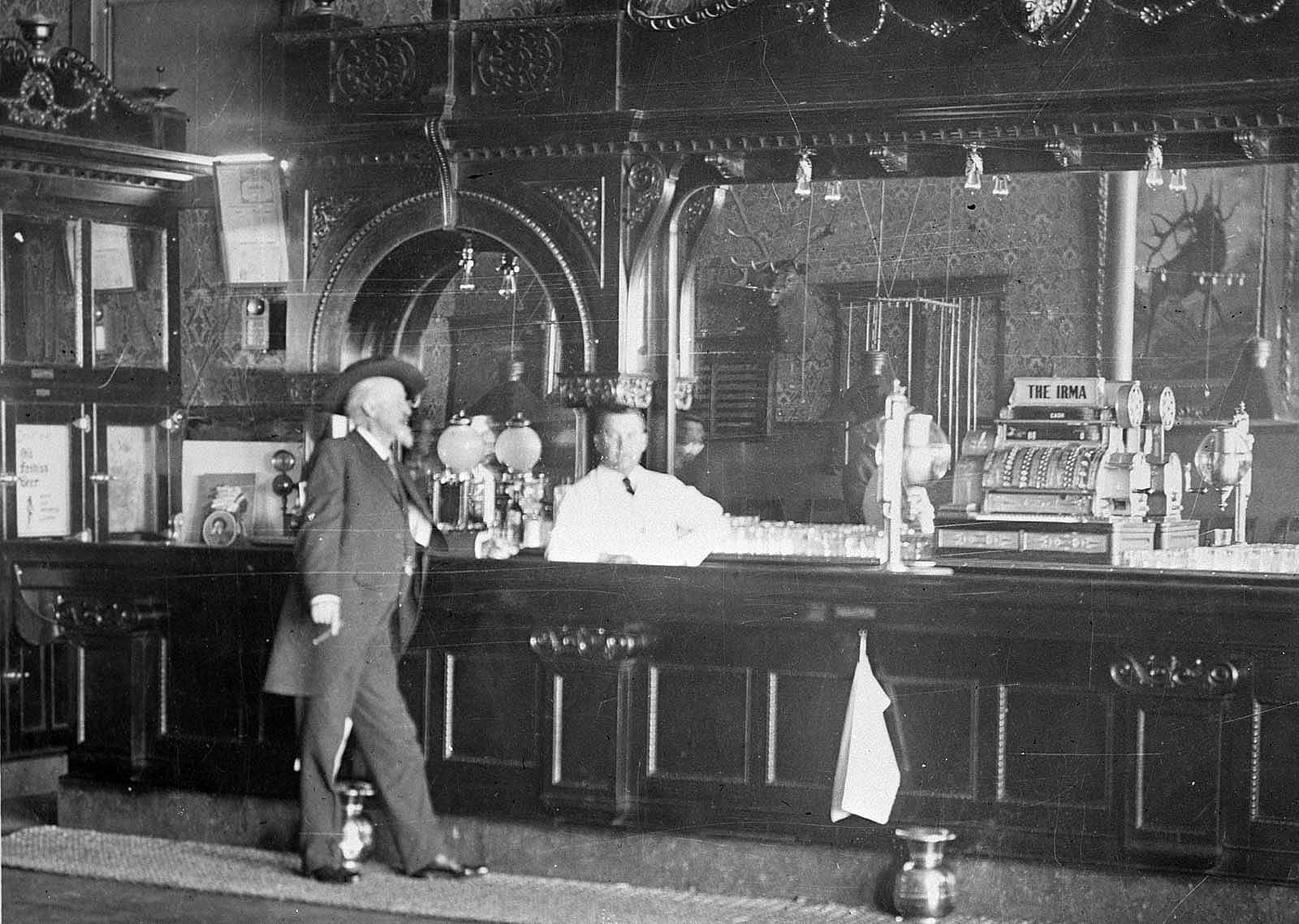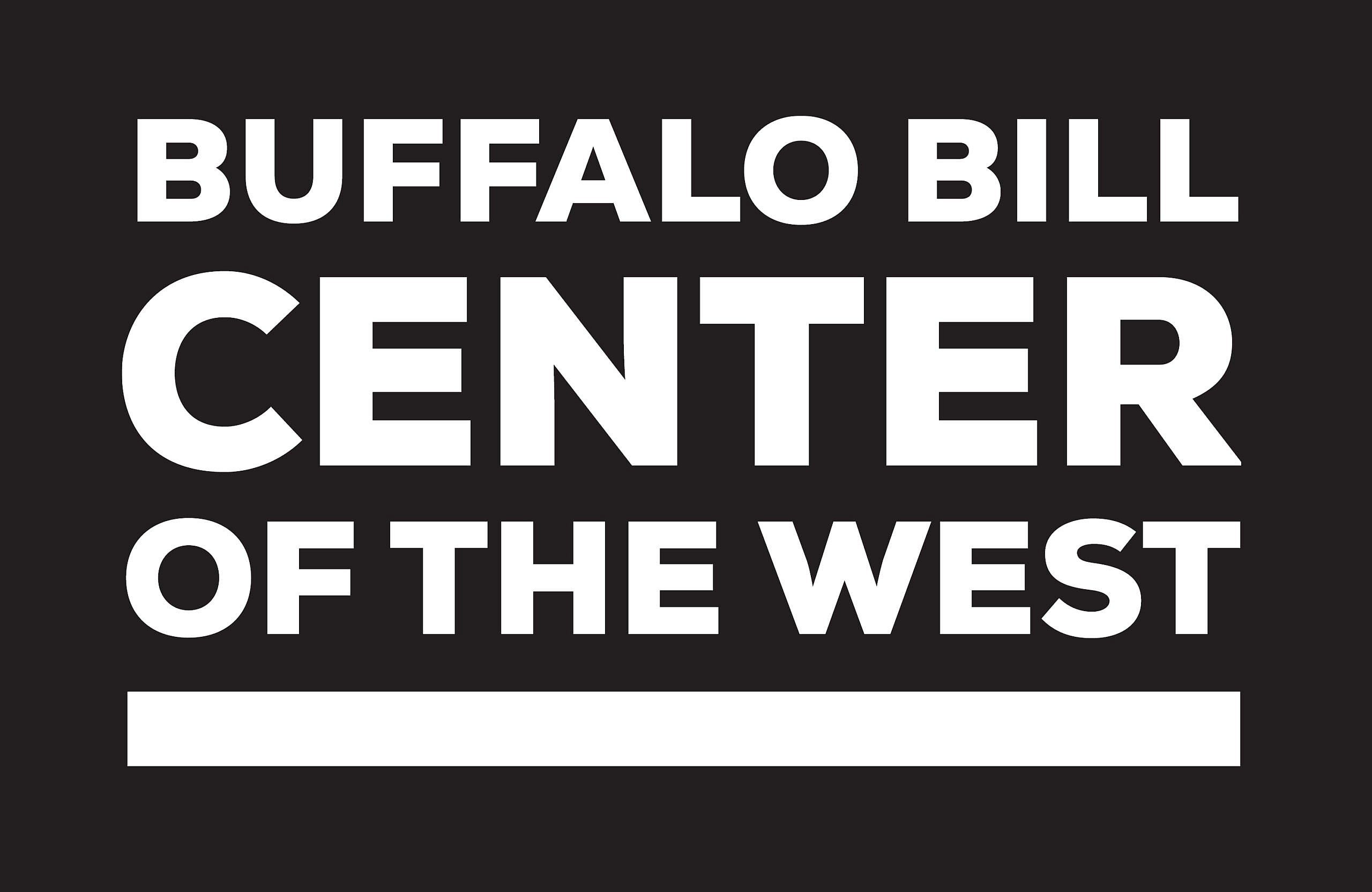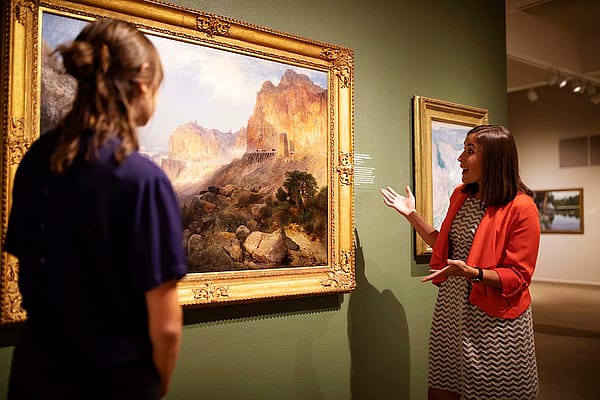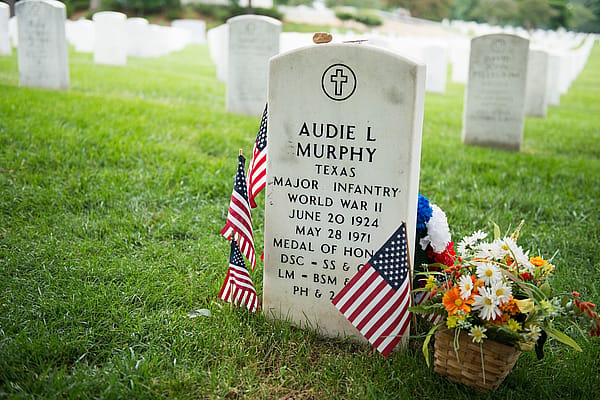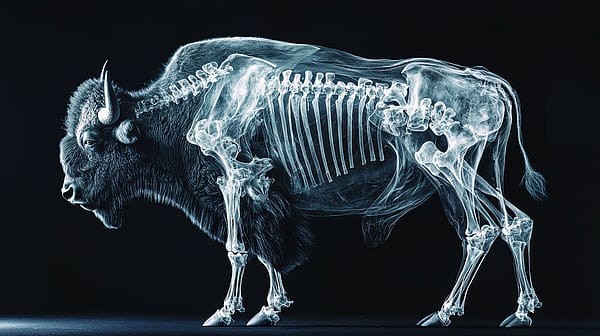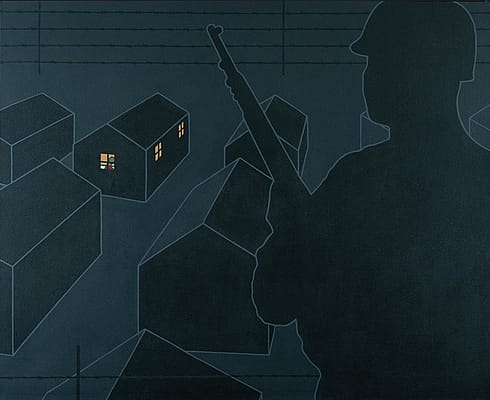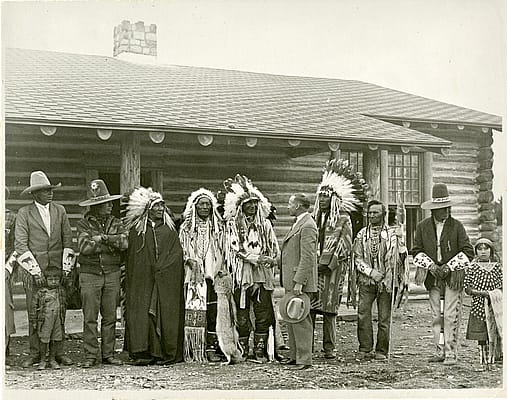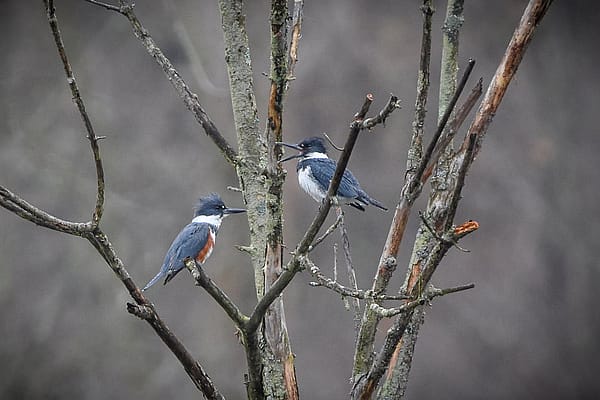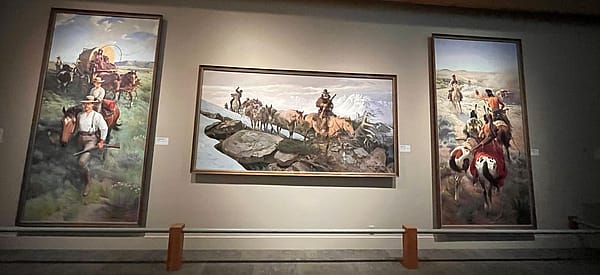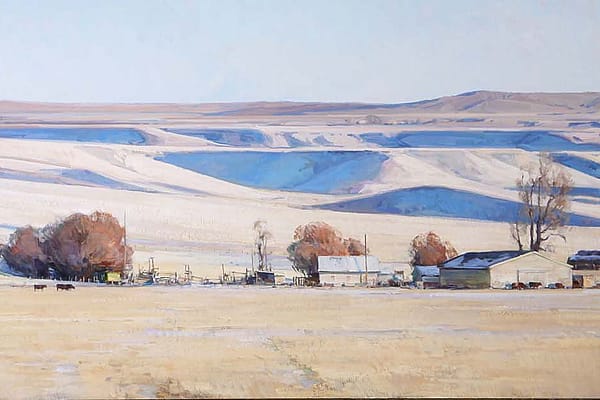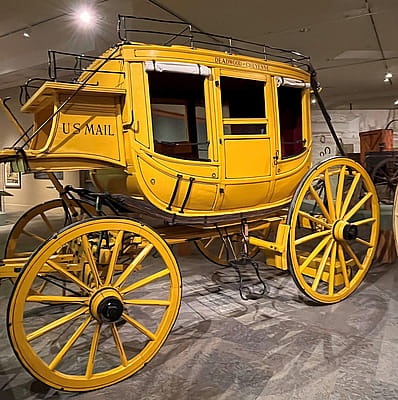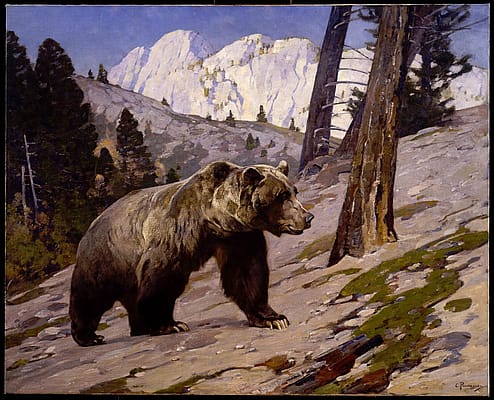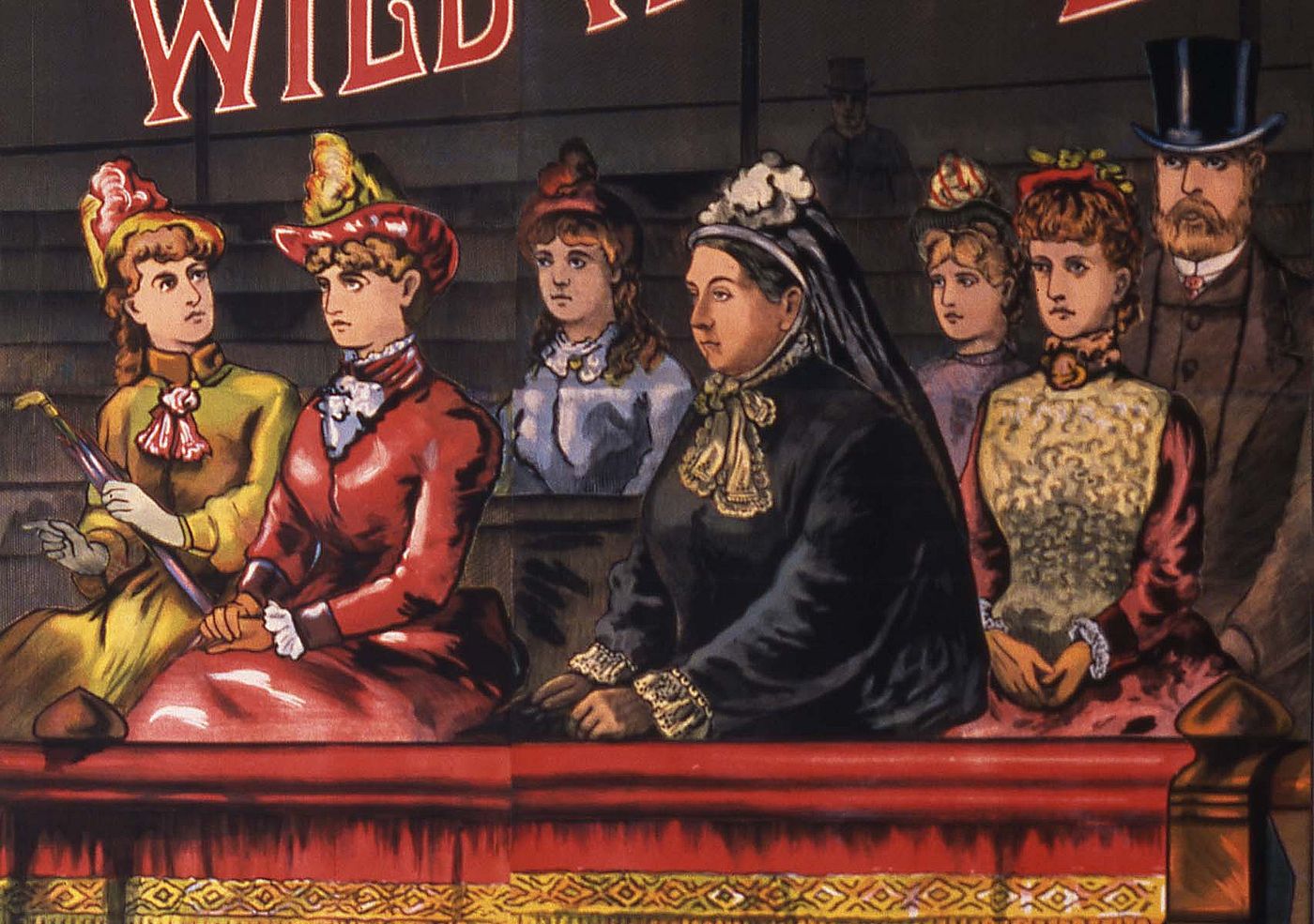
Beyond the Legend: Truth, Myth, and the Role of Museums
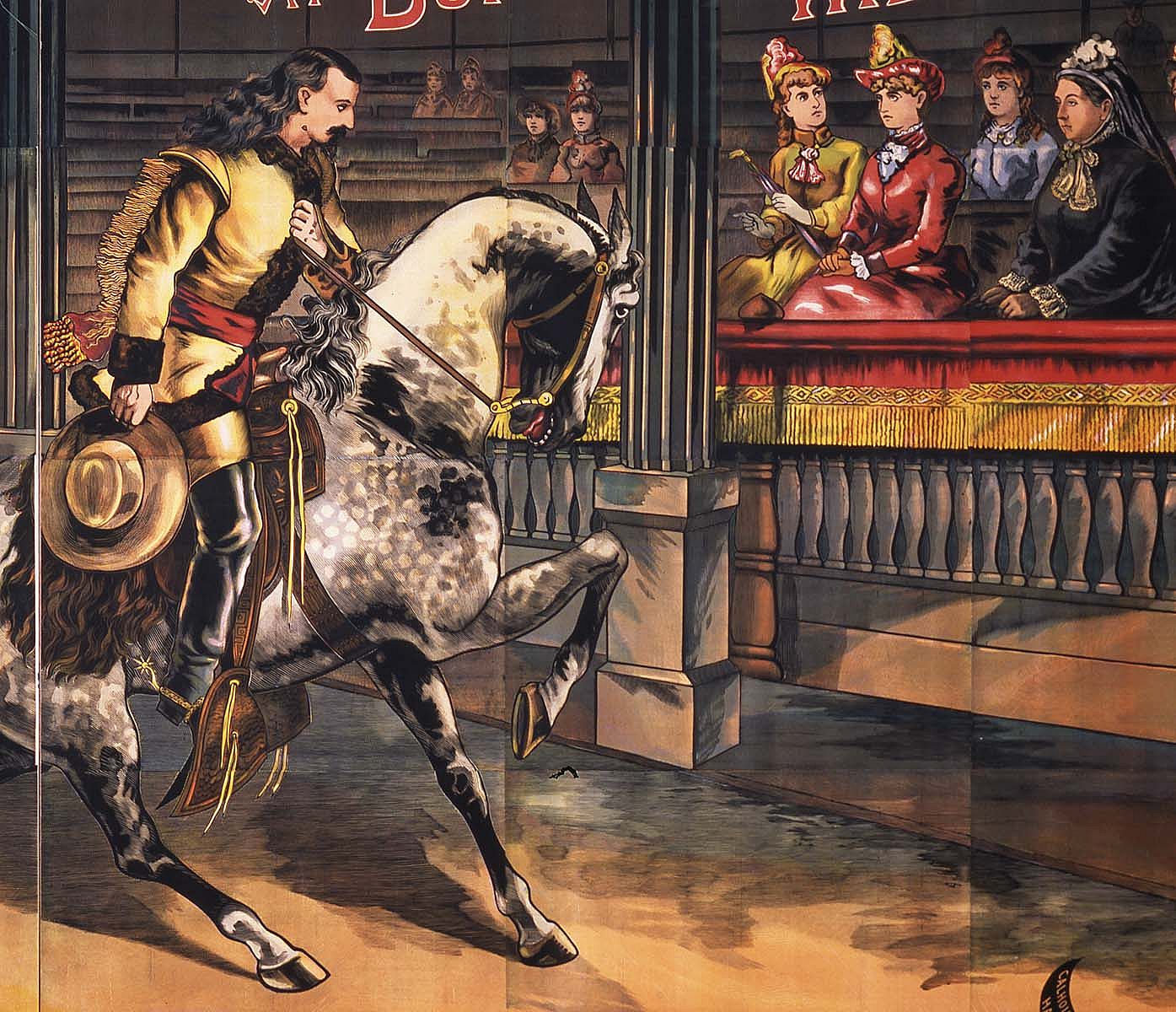
The Queen Victoria Bar: A Good Story, But Not the Truth
Local legend in Cody claims Queen Victoria gifted the ornate cherrywood bar in the Irma Hotel’s dining room to Buffalo Bill, perhaps as appreciation for bringing his Wild West Show to London in 1887. In reality, management at The Irma acquired and installed that bar in 1906, five years after Queen Victoria’s death. Most historians estimate that the Irma purchased the bar from a supplier in Chicago or St. Louis, possibly as a tribute to Buffalo Bill’s time abroad and his admiration for the Queen of England. Local anecdotes capture the imagination and allure tourists with their charm, but when myths take root so easily, how do we separate fact from fiction?
Myths Travel Fast—But Museums Deal in Facts
This small but persistent legend about Queen Victoria and the Irma Hotel illustrates a larger issue: the ease with which myths can eclipse fact. Museums play a vital role in parsing out the facts stored within the myths. Here at the Buffalo Bill Center of the West, we aim to research, interpret, and preserve history based on facts and evidence, serving as a trusted, neutral institution committed to historical accuracy. Photos and objects don’t lie. Perseverated myths and tall tales, while fun, can obscure deeper truths and muddy the historical waters with their romanticized interpretations of the truth. Museums unravel folklore by providing context, timelines, photos, and documentation, dispelling anything apocryphal.
Behind the Scenes: How the Center Documents the Past
Dispelling myths requires more than good intentions. Museum professionals uncover facts through deep archives, scholarly collaboration, and cultural insight. At the Center of the West our McCracken Research Library gives visitors direct access to original manuscripts, rare books, historic photographs, and thousands of carefully curated objects. We preserve these resources through expert care, including proper storage and monitored use, ensuring both their longevity and accessibility. The McCracken has some of the most extensive collections related to the American West, including Plains Indian artifacts and photographs of legendary figures. By offering these kinds of authentic materials to scholars and the public, museums ground our understanding of history in documented evidence rather than folklore or fireside stories.
From Research to Reality: Exhibits That Tell the Full Story
Once research shapes a narrative, museum teams translate it into exhibits that engage, inform, and challenge assumptions. Not just decorative objects, our exhibits present evidence-based stories curated by some of the finest minds in the museum world. Curators collaborate with Native communities, and historians draw from research and firsthand accounts to illuminate the complex and dynamic history of the American West. In a time flooded with speculation and viral half-truths, museums anchor public discourse in verified knowledge and thoughtful interpretation.
More Than a Good Tale: Why the Truth Still Matters
Stories like the Queen Victoria bar legend often linger, passed along without scrutiny. The Buffalo Bill Center of the West meets those stories head-on, not with speculation, but with evidence, research, and careful interpretation. Within its galleries and archives, myths face questions, timelines provide clarity, and context replaces confusion. In a world crowded with misinformation, the Center promotes truth through accessible scholarship and public engagement. Truth may not always entertain like legend, but it offers depth, nuance, and lasting insight. For those seeking more than a surface story, the Center invites exploration, challenges assumptions, and honors complexity. The legend may charm, but the facts reveal something far richer.
